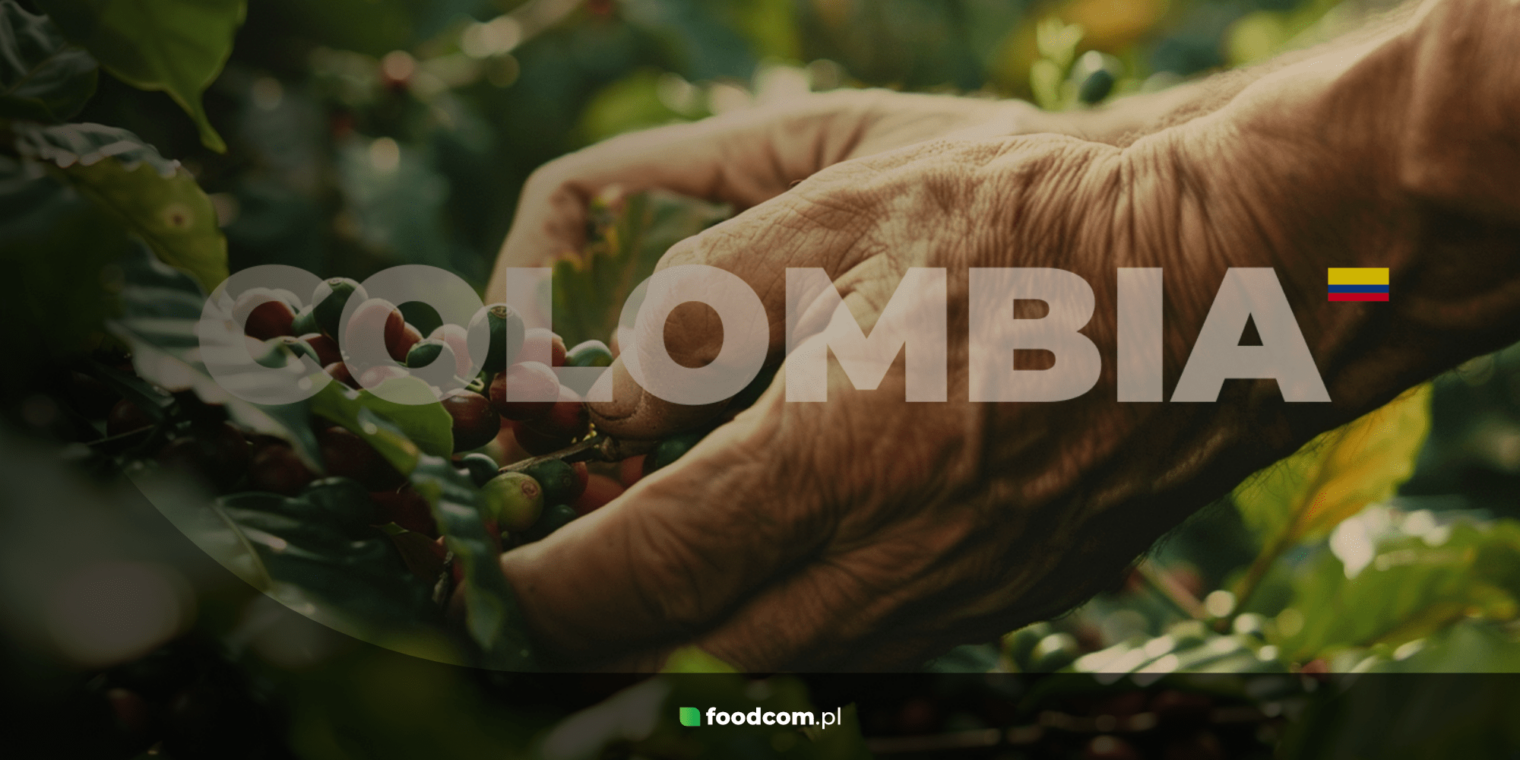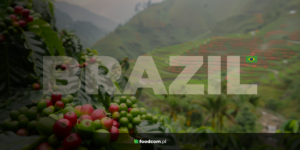- Colombian coffee is distinguished by its mild acidity, fruity notes and balanced flavor profile.
- Hand harvesting and traditional production methods ensure the highest quality arabica beans.
- Colombia’s unique climate and fertile soils create ideal conditions for growing coffee, influencing its unique flavor and aroma.
- Colombian coffee is valued not only for its taste, but also for its ethical production and health benefits.
Colombian coffee has for years enjoyed a reputation as one of the best in the world. Unique climatic and geographic conditions make Colombia an ideal place to grow high-quality coffee, whose flavor and aroma delight both amateurs and true gourmets. Known for its delicate acidity, fruity notes and balanced character, it invites you to discover a wealth of flavors with every cup. Let’s take a closer look at what makes coffee from Colombia so special and why it’s worth drinking.
What distinguishes coffee from Colombia?
Colombian coffees are known for their mild, subtle acidity, which adds freshness to the brew. You can detect fruity and citrus notes, as well as sweet hints of caramel, nuts or chocolate, which give the coffee a balanced character. It also has a balanced flavor profile – characterized by a harmony between bitterness, sweetness and acidity, making it a versatile choice to suit different tastes.
Hand harvesting and traditional production methods allow for the selection of only the best beans. Colombia’s climate – varying altitudes, fertile soils and adequate rainfall – creates ideal conditions for growing high-quality arabica beans. The ethical production of the coffee confirms its high quality and promotes an ecological approach.
The process of growing and harvesting Colombian coffee
Colombia has unique climatic conditions that are very important for the growth of the coffee plant. Crops are located in regions with varying altitudes, from 1,200 to 1,800 meters above sea level, which is conducive to the development of arabica, the most prized coffee variety. The mountain climate, fertile volcanic soils and the right amount of rain and sun create an optimal environment for the coffee plants, which has a direct impact on the quality of the beans.
Coffee cultivation begins with careful selection of seeds and planting of coffee plants in plantations. An important step is regular plant care, which includes pruning the bushes. This ensures adequate air circulation and constant access to light. Soil monitoring and the use of natural fertilizers are also important to maintain a sustainable crop. Due to Colombia’s location in the equatorial zone, the country’s coffee has the opportunity to ripen almost year-round, although the main harvest seasons are from March to June and September to December.
Importantly, Colombian coffee is harvested by hand, which is one of the most important aspects affecting the final quality of the product. Each bean is selectively harvested, with workers selecting only fully ripe fruits – the so-called “cherries. “cherries. This avoids unripe or overripe fruit that would adversely affect the taste. Hand harvesting, although more time-consuming, ensures full control over the quality of the raw material.
The most common method of processing grains in Colombia is the so-called wet processing, in which the fruit pulp is removed using water. The grains are then fermented anaerobically, and then carefully rinsed and dried in the sun.
Finally, the grains are selected for size, color and quality, which determines which batches will be exported. It is thanks to the care and commitment of the growers that it is possible to obtain a product with such exceptional flavor and aroma.
Colombia’s most popular coffee-growing regions
Colombia is divided into several important coffee-growing regions, each with unique climatic conditions that affect the taste and quality of the beans. The most well-known is the Eje Cafetero (Coffee Axis) area, which includes the regions of Quindío, Caldas and Risaralda, where some of the best coffees with delicate acidity and fruity notes are produced. Huila, located in the south of the country, is known for its full-bodied and distinct beverages, with notes of citrus and caramel. In contrast, Narino, located in the high altitudes of the Andes, offers coffees with intense acidity and complex flavor profiles.
Colombian coffee – why drink it?
In addition to its delicate, balanced flavor and fruity and floral notes, coffee from Colombia is often considered one of the best on the market, thanks to the high quality of the beans and careful harvesting.
First of all, it is rich in antioxidants, which support the body in the fight against free radicals. It also contains valuable minerals such as magnesium and potassium. Regular consumption of coffee can help improve cognitive function, increase physical performance and reduce the risk of certain diseases, such as type 2 diabetes and neurodegenerative diseases.
Coffee powder also retains many valuable components, such as antioxidants and minerals. It is an excellent alternative for those who appreciate the convenience and quick preparation of a beverage.
The best Colombian coffee – types
The Colombia Excelso Armenia variety, classified as premium, is native to South America and is highly regarded among coffee lovers. It is characterized by a unique flavor that combines sweet notes with subtle acidity, evoking delicate hints of chocolate and citrus.
Its aroma is extremely rich and complex. Fruits such as red currant and orange, as well as caramel and chocolate can be sensed in the coffee, making every sip a true pleasure for the senses. This variety works well with a variety of brewing methods, from espresso machines to traditional methods, making it a versatile choice for coffee drinkers.
Coffee trade – a commodity that has conquered the global economy
The coffee trade has undergone significant changes over the past few centuries, evolving from local transactions to a complex international market that generates billions of dollars a year. Today’s coffee industry encompasses not only growing and harvesting, but also processing, distribution and retailing, making this commodity impact the lives of millions of people around the world.
Trading company Foodcom S.A. plays an important role in this supply chain, specializing in the marketing of food products, including coffee. The company connects producers with international markets, which contributes to the industry’s growth.
In coffee-producing countries such as Brazil, Colombia and Vietnam, profits from the trade of this commodity support local economies, creating jobs and improving living standards. On the other hand, growing interest in the quality and origin of coffee and global challenges such as climate change are affecting the future of this dynamic market. In the face of these challenges, coffee remains not only a beverage, but also a symbol of the complex economic and social relationships that shape global trade.











